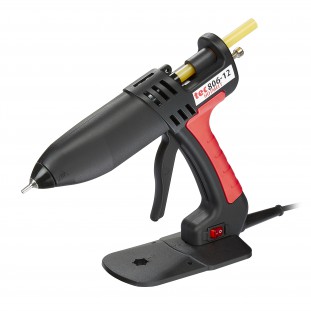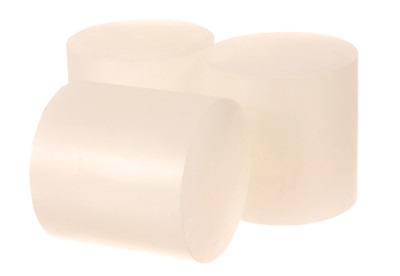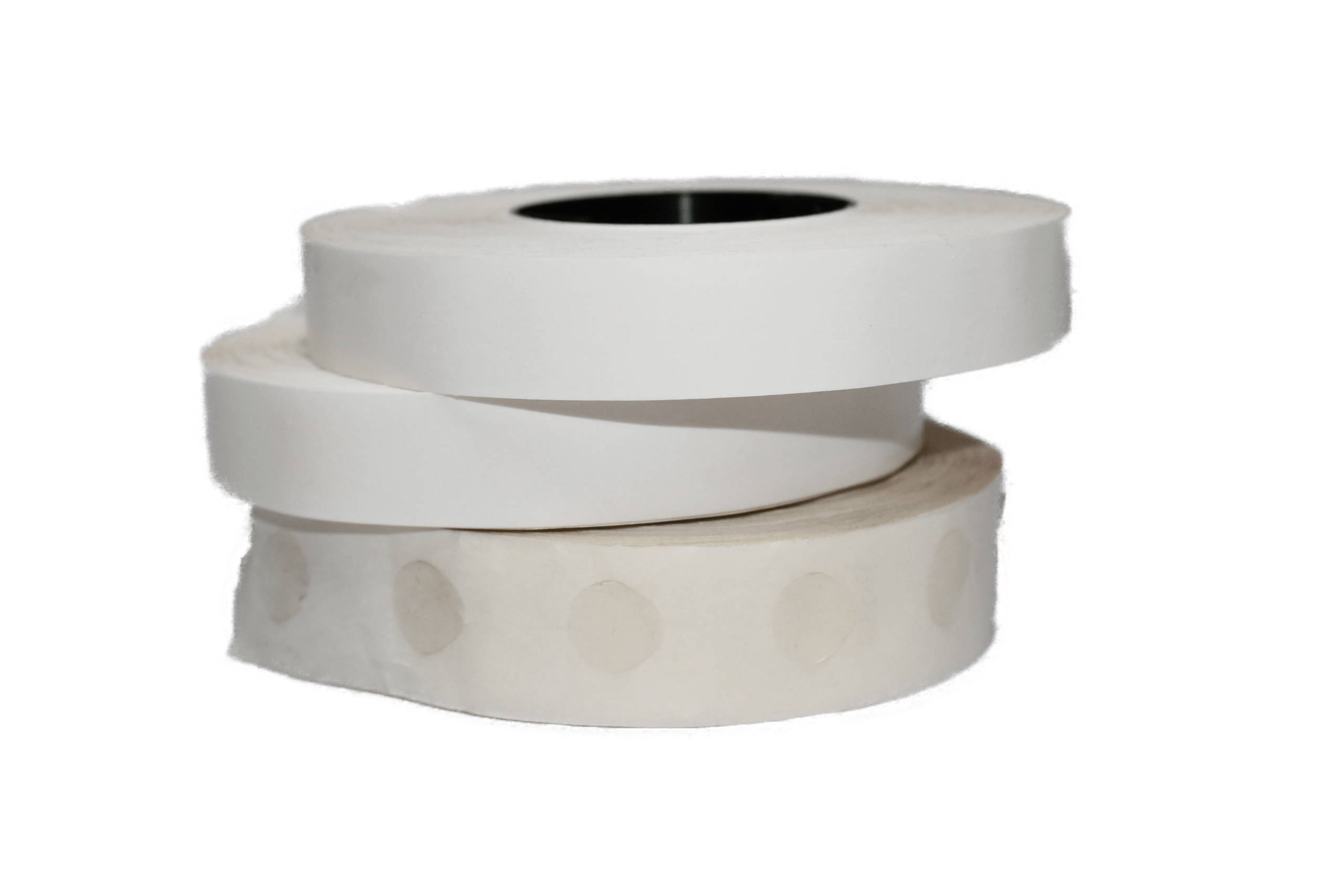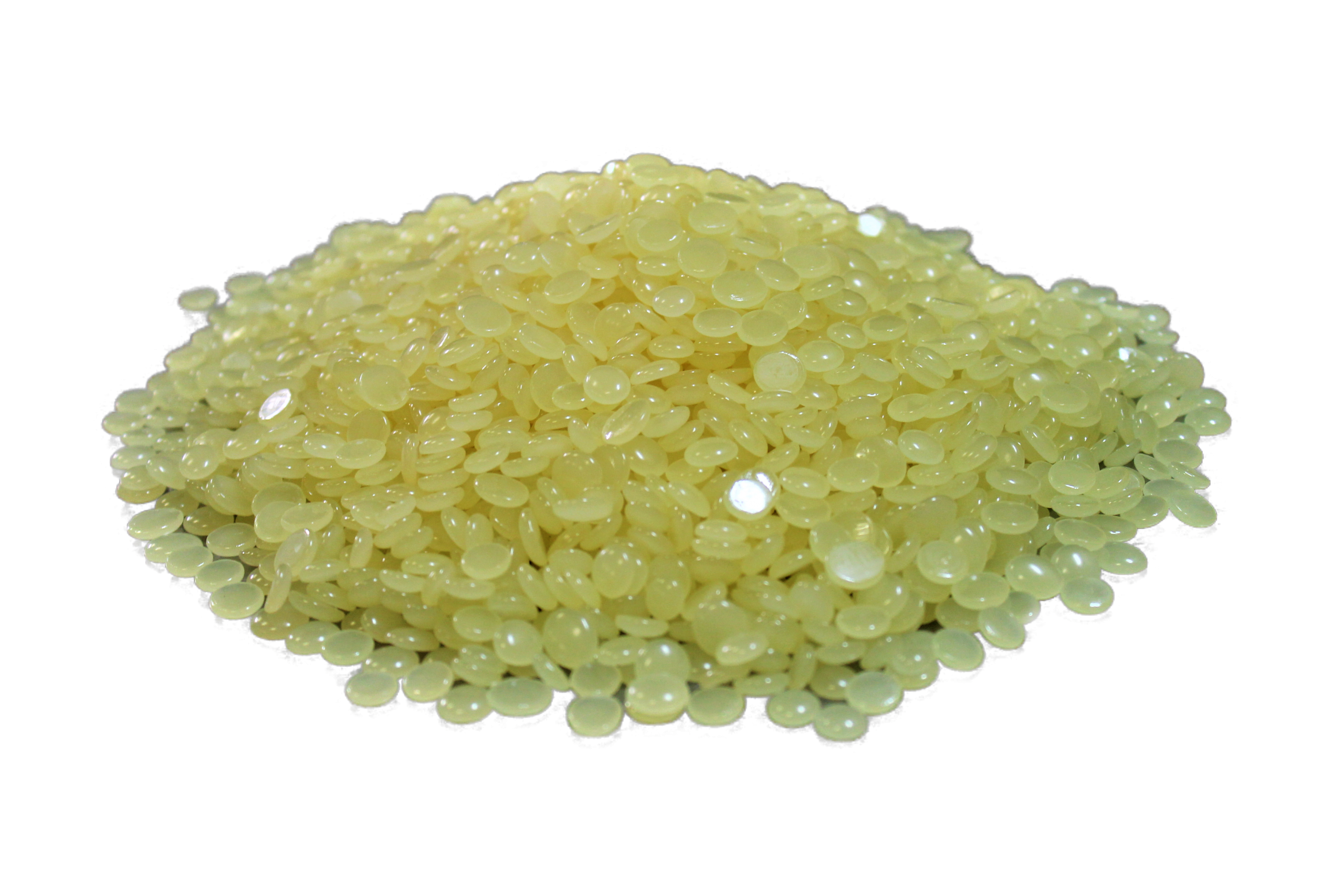To attach two pieces of wood together, your best solution is, of course, glue! By using glue, you won’t see unsightly holes, screws or nails in the wood afterwards, which is much more appealing!
To create this glue connection, wood glue is often used. But which wood glues are available and which is the best choice for your project?
Go directly to PVAC glue, PU glue or epoxy glue.
PVAC adhesive
First, we have the most familiar form of wood glue, the polyvinyl acetate glue, better known as PVAC glue. This glue is white in color and thick in substance. The adhesive bond of this glue occurs through evaporation/absorption of the moisture in the glue by the wood surface. Combined with sufficient pressure, this adhesive can easily provide a tremendously strong bond. This type of adhesive is divided into 4 classes: D1, D2, D3 en D4.
- Type D1: This type of PVAC adhesive is mainly used indoors. When exposed to moisture, this adhesive loosens easily. Hence, we also do not recommend it for your products that need to withstand impact (and moisture).
- Type D2: This type of PVAC adhesive is also mainly used indoors. Unlike D1, this adhesive only releases after a number of long-term exposures to moisture. For this reason, this type of adhesive is perfect for small bondings where a little amount of moisture will reach it.
- Type D3: This type of PVAC adhesive can be used both indoors and outdoors. It does not readily release when exposed to moisture, and can therefore come into contact with it. Additionally, it is also (limited) resistant to weathering and is extremely suitable for bonding in low moisture areas such as bathrooms.
- Type D4: Like D3, this type of PVAC adhesive is used both indoors and outdoors and does not release! It is resistant to high humidity with high condensation and to all weather influences. This strong adhesive is ideal for high humidity situations, such as boat construction.
PU-adhesive
Then we come to Polyurethane glue (PU glue), more popularly known as constructionglue or effervescent. This adhesive is great for bonding two pieces of wood, but it also lends itself well to bonding wood to another material. The adhesive bond of this adhesive occurs because the chemicals of the adhesive come into contact with the moisture in the wood and in the air. Through this process, the adhesive cures and creates a strong bond.
If you apply a layer that is too thick, the air can not reach the middle layers. As a result, the middle layers can not cure. To prevent this from happening, a second component can be used that accelerates the hardening of the adhesive: a 2-component system.
Epoxy adhesive
Finally, epoxy glue is also used for bonding wood. This adhesive consists of two components that are mixed in a static mixer. Through this process, the adhesive cures fairly quickly. It results in a chemically resistant and highly flexible bond. This adhesive is often used as a capping or repair adhesive (filler). Epoxy is an easy-to-use type of adhesive. To make the mixing process even easier, you can use the Dubbelloops DuoMix glue gun.
Want to know more?
Do you now have any remaining questions about the types of wood glue available or would you like to receive tailored advice?Then do not hesitate to contact us! We at Lijm Partner are always at your service.





